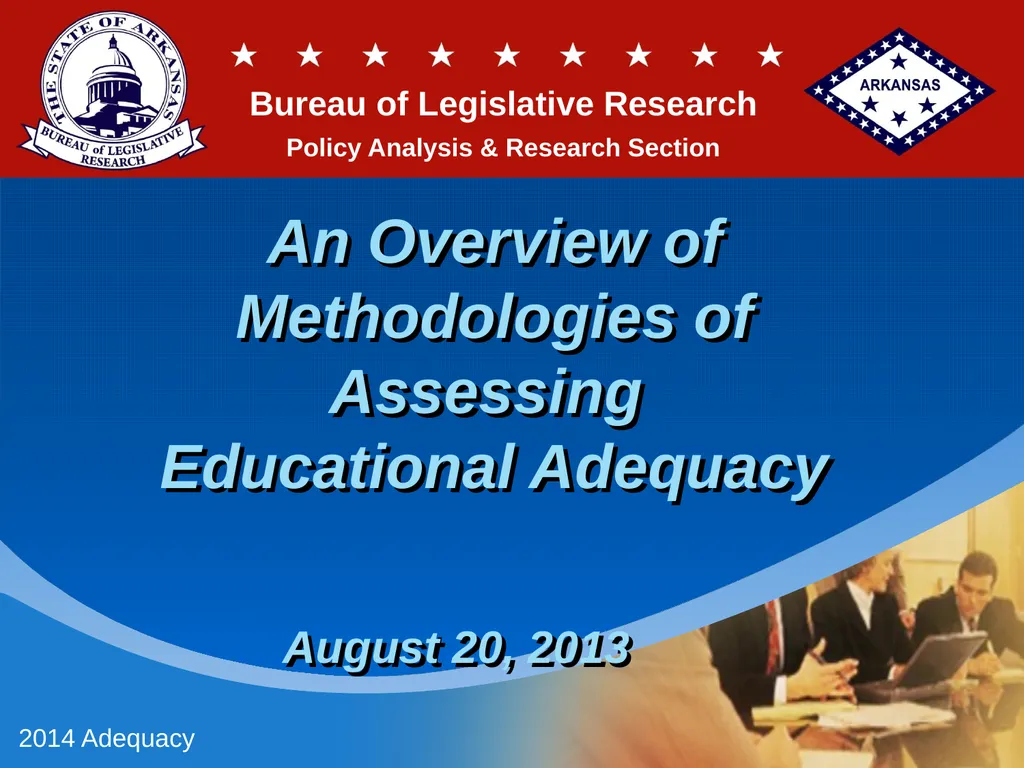
An Overview of Methodologies of Assessing
Author: stefany-barnette | Published: 2025-07-16
Description: An Overview of Methodologies of Assessing Educational Adequacy August 20, 2013 2014 Adequacy Bureau of Legislative Research Policy Analysis Research Section 2 Background A primary driver of educational finance has been litigation in
Download Presentation
Download the PPT/PDF: Download
Transcript:
Loading transcript…